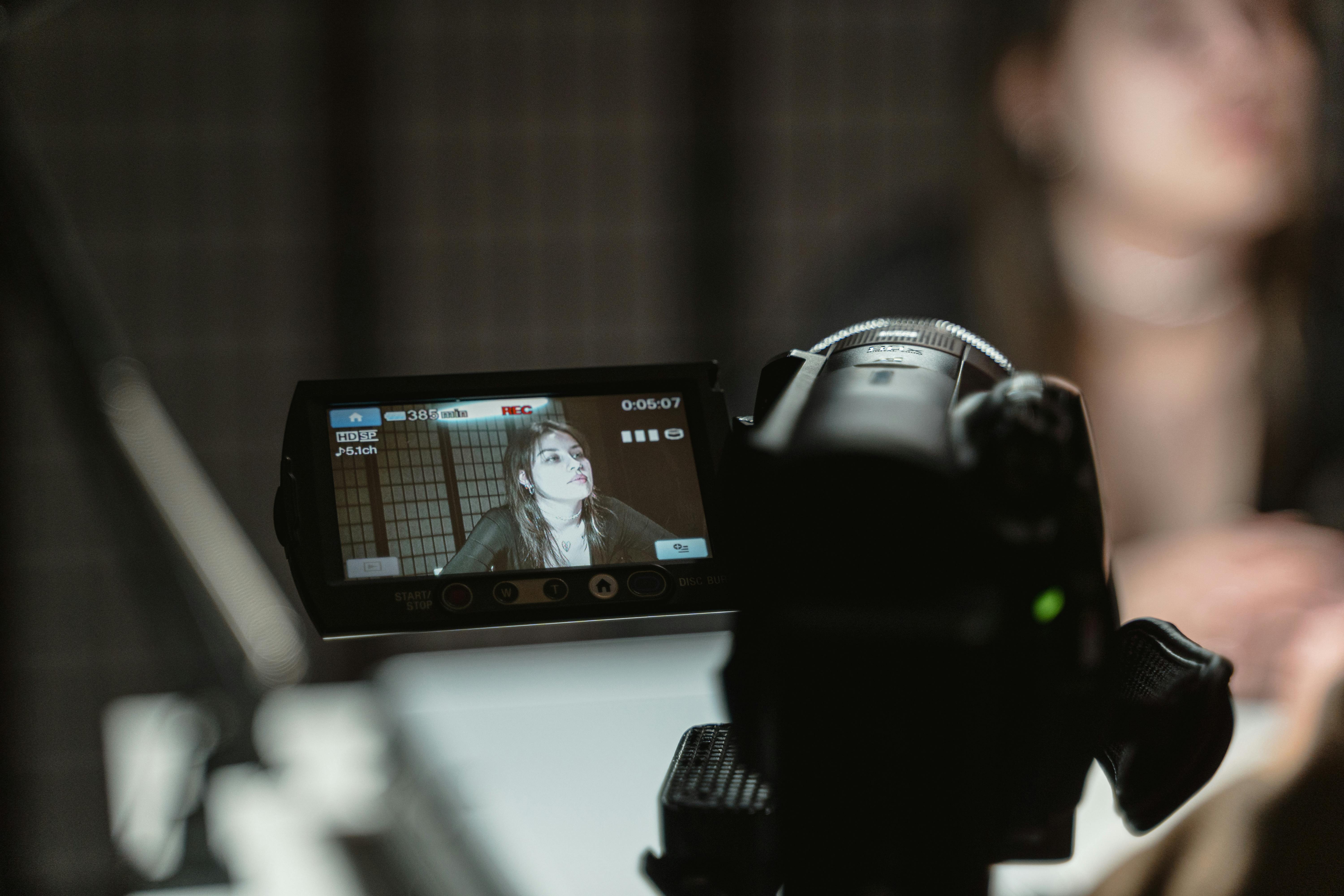The Ancient Art of Being Bored: A Digital Detox Prescription
Zero Trust Security Architecture: Complete Implementation Guide for Enterprise Networks in 2024
July 24, 2025The Next Great Scam: Personalized Deepfake Grandparents
October 14, 2025The Ancient Art of Being Bored: A Digital Detox Prescription

In our hyper-connected digital age, we’ve become addicted to constant stimulation, scrolling through endless feeds and consuming bite-sized content that leaves our dopamine receptors fried and our attention spans shattered. The very concept of boredom has become alien, something to be avoided at all costs. Yet, what if this relentless pursuit of novelty is actually harming our mental health and cognitive abilities? This article explores the radical notion that embracing structured boredom might be the antidote to our digital malaise—a prescription for neurological repair in an overstimulated world.
The Dopamine Crisis of the Digital Age
Our brains weren’t designed for the constant barrage of notifications, likes, and endless scrolling that characterizes modern digital life. Dopamine, the neurotransmitter associated with pleasure and reward, has been hijacked by algorithms engineered to keep us engaged. Every notification triggers a small dopamine hit, creating a cycle of craving and reward that mirrors substance addiction. The problem isn’t just psychological—it’s neurological. Chronic overstimulation leads to dopamine receptor downregulation, meaning our brains become less responsive to normal pleasures, requiring ever more intense stimulation to feel satisfied.
The Therapeutic Power of Intentional Boredom
Boredom, when approached intentionally, becomes a powerful tool for neurological reset. Unlike passive screen time, which provides constant low-level stimulation, true boredom creates space for the mind to wander, process, and reset. Research suggests that boredom can enhance creativity, problem-solving abilities, and self-reflection. When we’re bored, the brain’s default mode network activates—the same network responsible for daydreaming, future planning, and consolidating memories. This mental downtime isn’t wasted time; it’s essential cognitive maintenance that digital overstimulation systematically denies us.
The Boredom Prescription: A Daily Protocol
For the chronically online individual, I prescribe a daily 45-minute dose of complete, non-stimulating, unstructured boredom. This isn’t passive scrolling or half-hearted attempts at meditation—it’s deliberate exposure to nothingness. Find a comfortable chair, leave all devices in another room, and simply sit. No music, no books, no planning, no problem-solving. Let the mind wander where it will. The first sessions will feel uncomfortable—even painful—as your brain protests the lack of external stimulation. This discomfort is the medicine working. Resist the urge to fill the space. The goal isn’t to achieve anything, but to unachieve the constant doing that defines modern existence.
Integrating Boredom into Digital Life
The ultimate challenge isn’t taking a digital detox vacation, but learning to integrate boredom into our daily digital lives. Start with structured digital boundaries: no phones during meals, device-free first hours of the morning, and scheduled boredom appointments in your calendar. Create boredom zones in your home where technology is forbidden. Practice monotasking instead of multitasking—when walking, just walk; when eating, just eat. These practices rewire your brain to find satisfaction in single-focused attention rather than scattered stimulation. The goal isn’t to abandon technology, but to develop a healthier relationship with it—one where you control your attention rather than having it controlled by algorithms.
In our quest to eliminate boredom from our lives, we’ve inadvertently created a neurological crisis. The prescription for digital overload isn’t more stimulation or better productivity hacks, but the courageous embrace of nothingness. Structured boredom serves as both diagnosis and treatment—revealing how dependent we’ve become on external validation while offering a path back to internal equilibrium. By deliberately creating space for our minds to wander without direction, we’re not wasting time but investing in our cognitive and emotional health. The ancient art of being bored may well be the most radical act of self-care in the digital age—a quiet rebellion against the tyranny of constant connection and a return to the rich inner landscape we’ve neglected for too long.